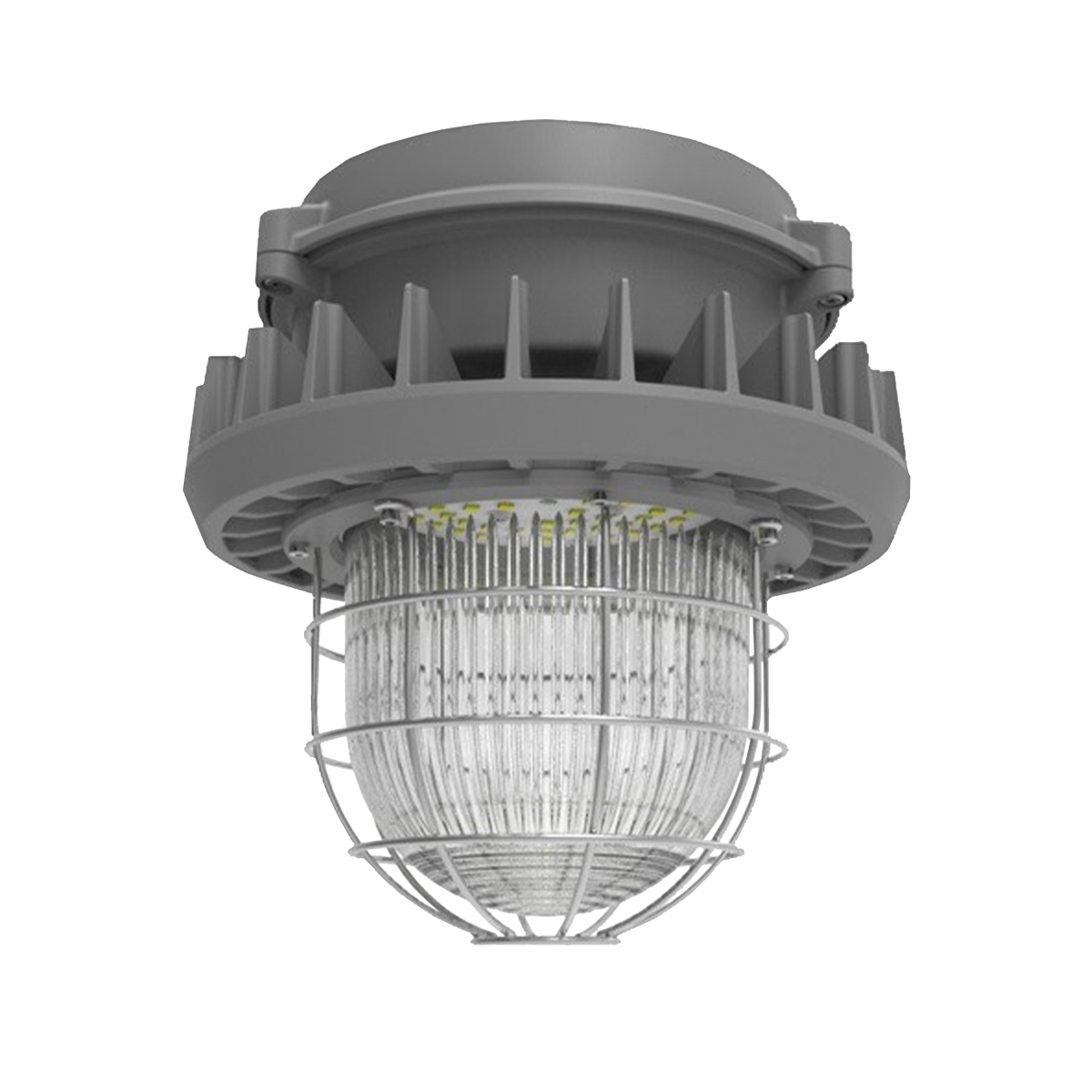Explosion Proof Lighting: Safety in Hazardous Environments
Cost-saving lighting that's engineered to prevent ignition of flammable gases, dusts, and vapors. Our UL listed and Class I, Division 1 & 2 certified lights ensure maximum safety and reliability in the most dangerous locations. Ideal for oil & gas refineries, chemical plants, grain elevators, and manufacturing facilities where safety is non-negotiable.
Common Questions About Explosion Proof Lights
What does "Explosion-Proof" actually mean?
Contrary to popular belief, "explosion-proof" doesn't mean the fixture is built to withstand an external explosion. Instead, it means the fixture is engineered to contain any internal spark or explosion that might occur within the fixture itself. It prevents this internal event from igniting the flammable gases, vapors, or dusts in the surrounding atmosphere, which is the primary safety goal.
Are explosion-proof lights also waterproof?
While not all waterproof lights are explosion-proof, all explosion-proof lights must have a high degree of ingress protection to seal out environmental elements. They are typically rated IP66 or IP67, meaning they are dust-tight and protected against powerful water jets (IP66) or temporary immersion (IP67). This makes them suitable for outdoor or washdown environments.
Can I use a "vapor-tight" or "weatherproof" fixture in an explosive atmosphere?
No, absolutely not. Vapor-tight and weatherproof fixtures are designed for damp or wet locations and may protect against water, but they are not certified to contain an internal explosion. Using an uncertified fixture in a hazardous location is extremely dangerous and violates safety codes like the NEC (National Electrical Code).
How do I properly install and maintain these lights?
Installation and maintenance are critical for safety.
- Installation: Must be performed by a qualified electrician in accordance with the NEC and the manufacturer's instructions. This includes using properly sealed conduits and ensuring all fixture joints are tightly secured.
- Maintenance: Regularly inspect seals, gaskets, and lenses for damage. When replacing a lamp or component, always use parts specified by the manufacturer to maintain the fixture's certification integrity.




